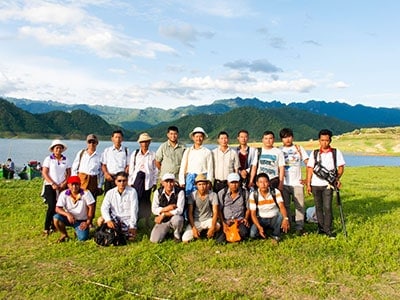Last week I was in Myanmar at the invitation of the Department of Archaeology and the Ministry of Culture to take a look at the new rock art site that was discovered last month (see here).
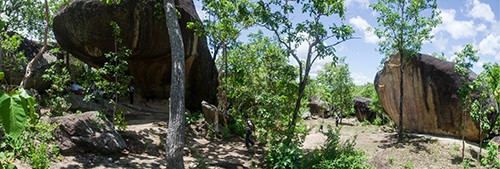
The Gabarni Rock Art Site, named after a nearby village, is also known as Myakhanauk. Most cases of rock art begin with their ‘discovery’ by local villagers, in this case Mr Win Bo, who found the site of behalf of amateur archaeologist Mr Soe Naing. This discovery was announced last month, but it seems like local villagers have known about the site for some years now.
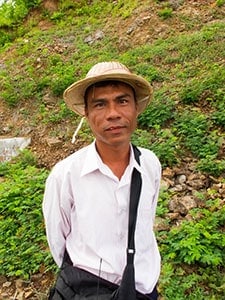
The site is in western Shan State, relatively near the Padalin Caves which is pretty famous within Myanmar for its prehistoric rock art. They are however about 11km apart – a day’s travel distance. The Gabarni site is made up of a cluster of sandstone outcrops near the Pae Dwe Mountain.
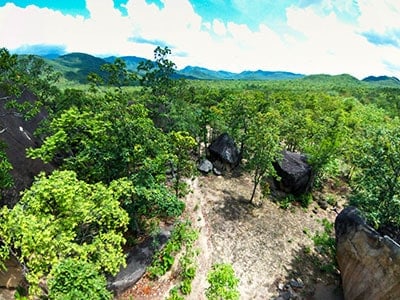
The largest sandstone shelter is a really good habitation area, comfortably accommodating 20 people and the entire complex might house around 50 people. Habitation may have occurred up to recent times, as this largest shelter contains graffiti, some with dates from the 1970s and 1990s. There is some rock art in the ceiling of the shelter, but because of campfires a lot of soot has obscured the paintings.
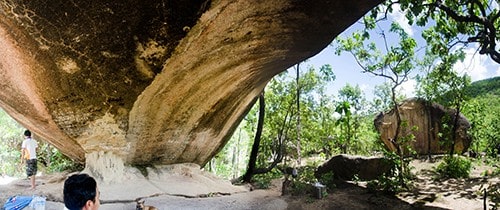
The most prominent rock art is on another shelter that has a large flat wall from which to paint on. Here there is a painting of an elephant, which is barely visible now except for the top outline. You can see from the human scale that the elephant was pretty much life-sized.
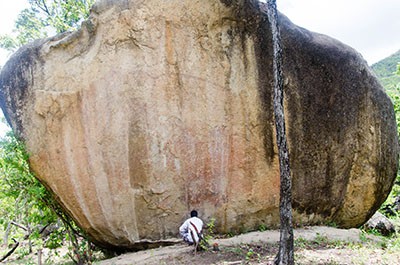
The Department of Archaeology intends to properly document and investigate the site later this year, so I’ll refrain from saying much more about the rock art other than they seem to be very old, and they don’t appear to be similar to the Padalin Cave paintings despite the proximity. If you are going to the EurASEAA conference in Paris, I will be making a more detailed presentation of the site on behalf of the Ministry, so catch it if you’re there!
